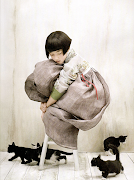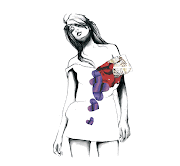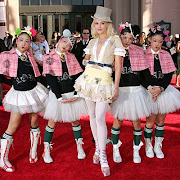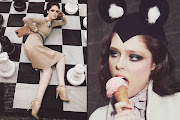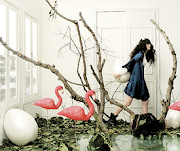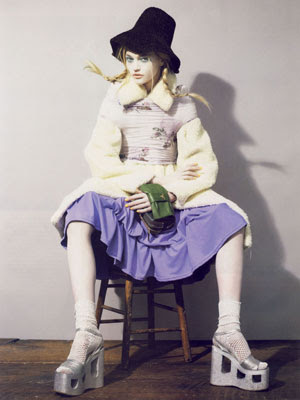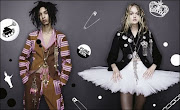
In Japan the food comes from all over the world and will inspire anyone who loves food, not only are they known for being a nation that eats the most fish in the whole world, Japan't capital city; Tokyo is now being regarded my the french as "as shining star in the world's cuisine." I don't know wherever i shall agree with that since it is still an argued topic, but for sure i know that i will soon drop by to taste some of their fascinating cuisine.
Here's an argument over it in news.yahoo.com:
A team of three undercover European and two Japanese inspectors spent a year and a half visiting 1,500 of Tokyo's estimated 160,000 restaurants to decide on the ratings, according to Michelin. The guidebook series rates restaurants on excellence in cooking, service, decor and upkeep.
But the Michelin hype has met with a great deal of skepticism — especially from other reviewers.
One particularly controversial pick was a sushi bar that — though on just about everybody's list for quality — is located in a basement, is cramped even by Tokyo standards and shares its restroom with other tenants. Ambiance, it would seem, is pretty subjective.
Some of Michelin's competitors say there are bigger problems with Michelin's whole premise. Why, for example, are so many French restaurants at the top of the Tokyo list? Why no Chinese, no Italian, no palaces of tofu?
"There are a lot of great cities in the world," Tim Zagat, founder of the Zagat guides, told The Associated Press. "Tokyo is an exciting place to eat. But Paris is an exciting place to eat. So is Rome."
The question, he says, is whether Tokyo is better.
"I don't think it is helpful to make that kind of statement," Zagat said. "Tokyo has the best Japanese food in the world. But it is nowhere near as diverse as other cities."
There is no doubt Tokyo — the land of the Iron Chef — has an exceptionally well-developed restaurant scene.
Zagat said the reasons are many — not least of which being the fact that the Japanese like good food, they have money to spend on it and their native cuisine is highly refined and places a very strong emphasis on tradition, freshness and the natural balance of ingredients.
Another reason, however, is that dining in is often not an option, especially for business-related meals. Homes continue to be relatively small and cramped, and getting there often involves a long commute for all. Thus, restaurants have thrived, from the neighborhood bar to the whole areas of town that are built around after-hours entertaining.
Yasuo Terui, the editor of "Tokyo Ii Mise, Umai Mise (Tokyo Good Restaurant, Delicious Restaurant)" whose first edition went on sale in 1967, was also critical of Michelin, saying that it only scratched the surface of what there is to be had in Tokyo.
"I don't think Michelin knows anything about Japan," he said.
But he basically agreed with the rating of Tokyo as the world's best place to eat.
"I think we can call it the culinary capital of the world," he said. "If you try any cuisine, it's hard to go wrong in Tokyo."







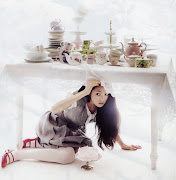

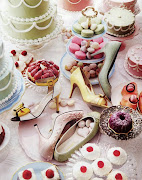
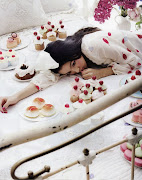
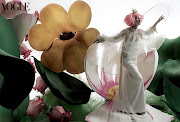
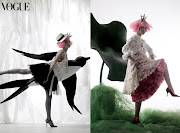

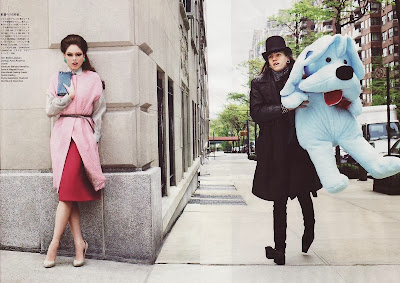
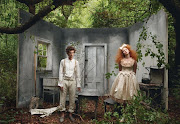
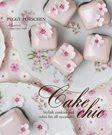
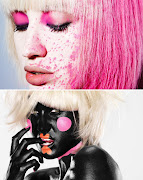
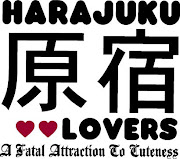
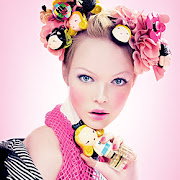

![Victorian Style =]](http://3.bp.blogspot.com/_M8IvCddbAZ4/SwTDQ8Nl30I/AAAAAAAAAJU/MTeO8NQx9-I/S180/Swedish+Elle+August+2008.jpg)
